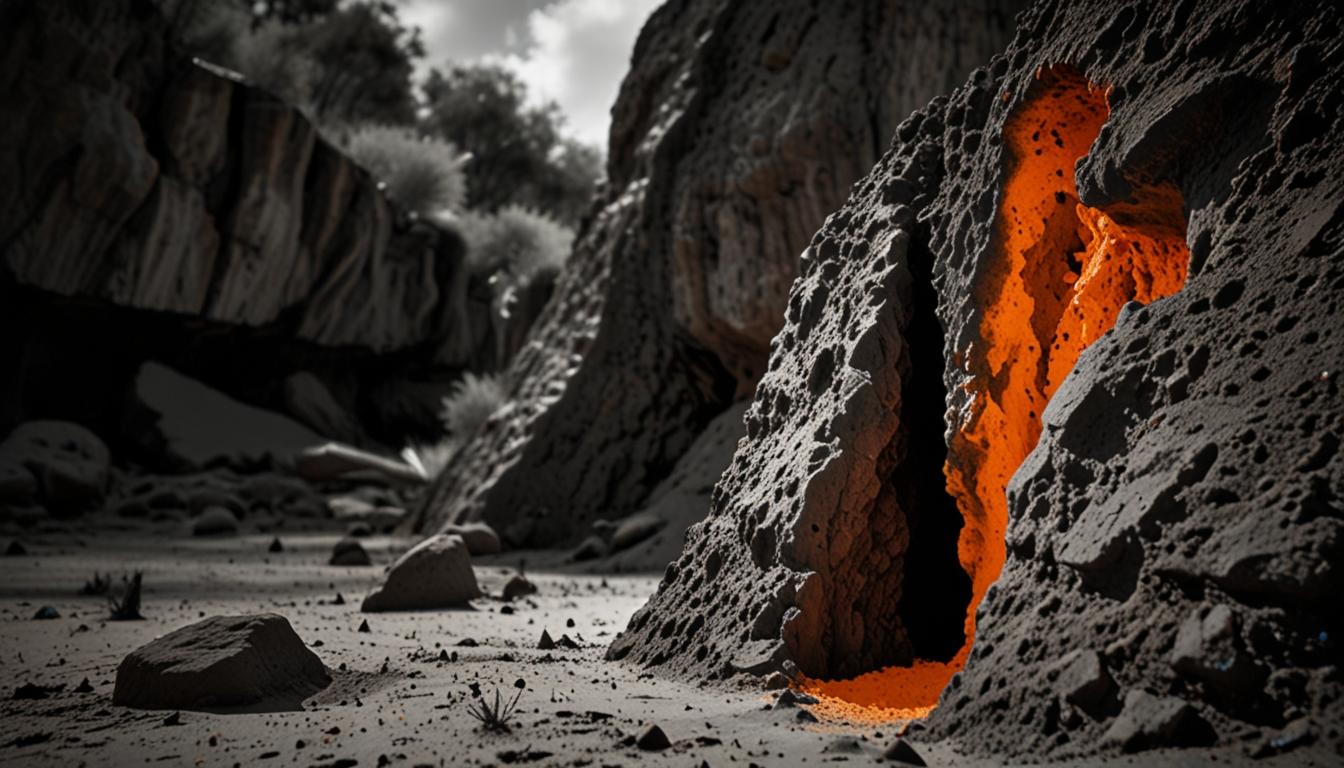Researchers from Stellenbosch University have uncovered termite mounds in South Africa’s Namaqualand region that have been active for 34,000 years, shedding light on their ancient origins and ecological significance.
34,000-Year-Old Termite Mounds Discovered in South Africa
Researchers from Stellenbosch University in South Africa have discovered termite mounds in the arid Namaqualand region that have been active for 34,000 years, making them the oldest known inhabited termite mounds. These mounds were found near the Buffels River and their ages were determined through radiocarbon dating conducted on samples sent to experts in Hungary.
Michele Francis, a senior lecturer in the department of soil science at Stellenbosch University, led the study and published her findings in May. She stated that these structures existed when saber-toothed cats and woolly mammoths roamed the Earth, indicating that the region’s climate was much wetter during the mounds’ formation.
The termite mounds, locally referred to as “heuweltjies,” measure up to 100 feet across and 10 feet underground. These mounds have continuously supported termite colonies, functioning like an “apartment complex” for the insects.
The study not only highlights the ancient origins of these mounds but also their ecological significance. The southern harvester termites within these mounds contribute to carbon capture by storing dead wood and twigs underground, potentially aiding in climate change mitigation and soil enrichment.













